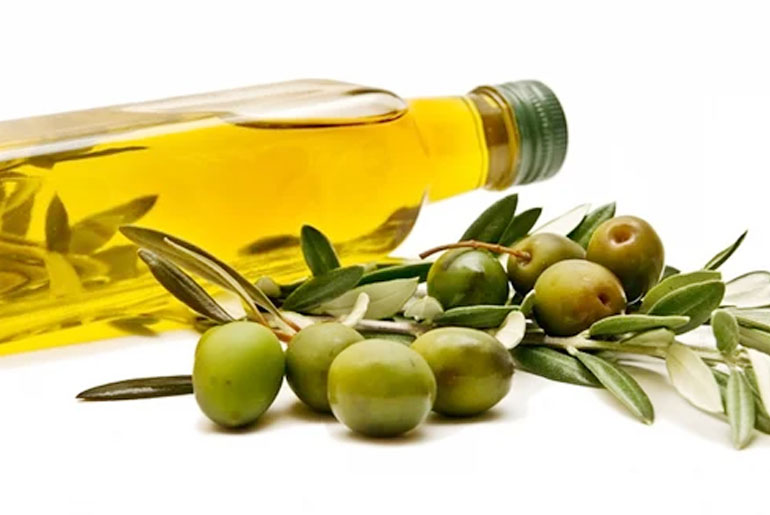For those who prioritize a healthy diet, selecting ingredients that offer nutrition without sacrificing taste is paramount. Among various cooking oils, olive oil stands out for its abundant health-promoting properties. It not only enhances cardiovascular health and brain function but also helps alleviate pain and supports weight loss, among other benefits. However, the plethora of olive oil options available can lead to confusion. Varieties like extra virgin, pure, and refined may leave you wondering which one to choose. If you’re making the switch to this wholesome oil, consider these important factors:
- Extra Virgin Excellence: Among the types of olive oil, extra virgin is hailed as the highest grade. This designation signifies that the oil is extracted naturally without heat, either through cold pressing or without the use of chemicals. This gentle extraction method preserves the purity of flavor and nutrients in the olives.
- Shield from Light: Protecting olive oil from light is crucial to maintaining its quality, as light exposure can lead to rancidity. Opt for olive oil packaged in dark glass bottles, cans, or coated glass containers to prevent light-induced damage.
- Harvest Date Matters: The harvest date of olive oil is a valuable indicator of both transparency and quality. Freshness matters, as olive oil is best used within 12 to 18 months of harvest. Consider selecting olive oils labeled as “early harvest,” indicating that the olives were picked while still green and rich in polyphenols—an antioxidant contributing to flavor and health benefits.
- Quality Over Price: Producing high-quality olive oil entails costs, typically ranging from 8 to 14 Euros in Italy (approximately Rs 725 to Rs 1200), not including shipping and import charges. Bargain-priced olive oil may not meet the highest standards of quality and authenticity.
- Single-Origin Advantage: Similar to coffee or wine, a single-origin product is often considered superior to blends. Look for labels indicating a single country of origin, such as “Product of Italy.” This suggests that the olives were grown and pressed in that country, enhancing the authenticity and quality of the olive oil.
Incorporating olive oil into your culinary repertoire offers a range of health benefits. When selecting olive oil, prioritize extra virgin varieties for their superior quality, opt for packaging that safeguards against light exposure, and pay attention to the harvest date for optimal freshness. Investing in high-quality olive oil from a single country of origin ensures authenticity and contributes to a more flavorful and nutritious dining experience.
Disclaimer:
The information contained in this article is for educational and informational purposes only and is not intended as a health advice. We would ask you to consult a qualified professional or medical expert to gain additional knowledge before you choose to consume any product or perform any exercise.







